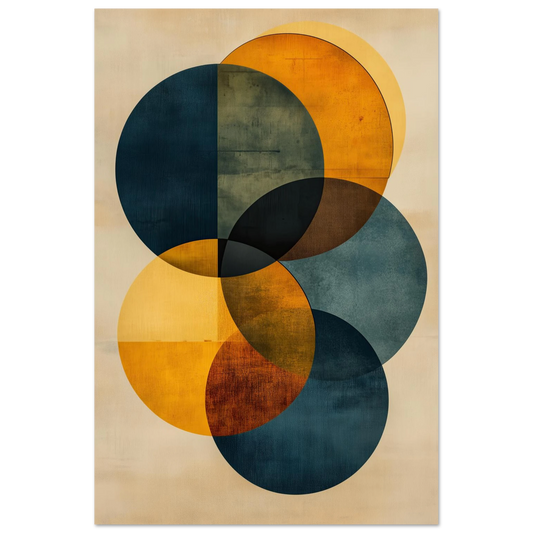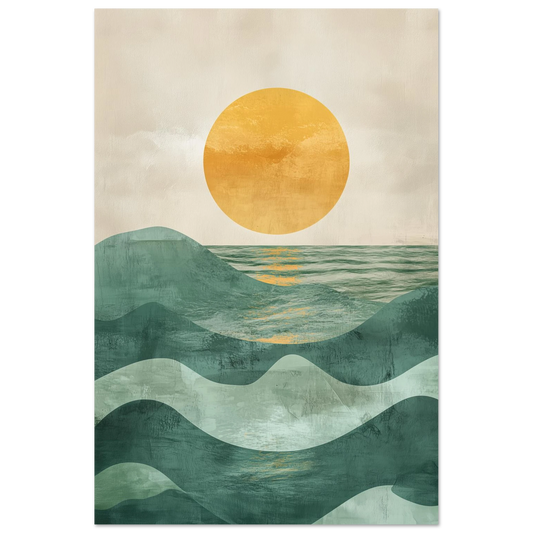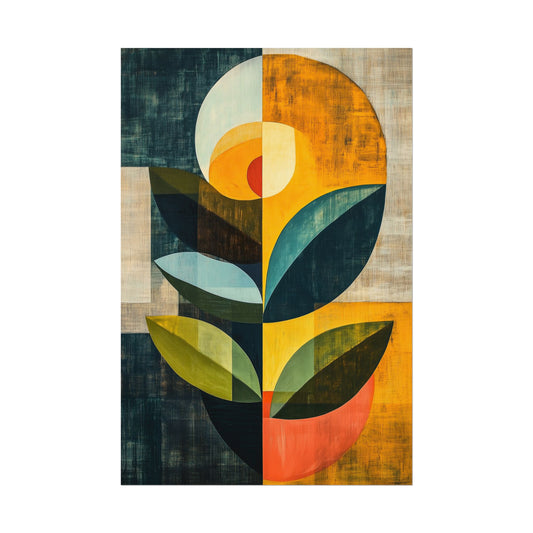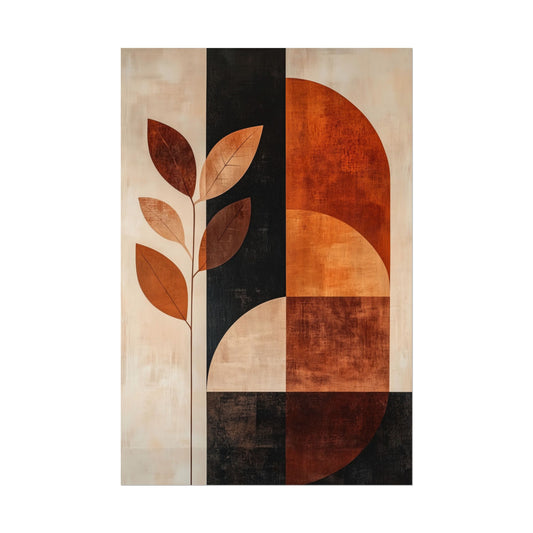
Rediscovering Mid-Century Modern Art: A Timeless Influence
Share
The Mid-Century Modern art movement has established itself not just in the textbooks of art history but also in the fabric of our everyday culture. This vibrant style from the bustling 1950s and 60s, fueled by a mix of nostalgia and cutting-edge innovation, continues to shape both aesthetics and philosophies in today’s world. So, come along as we dive into the colorful universe of Mid-Century Modern art, spotlight influential twentieth-century artists, and discover how their legacies seep into contemporary design and storytelling!
Mid-Century Modern: A Colorful Nostalgia
What makes Mid-Century Modern art so captivating? It’s that special touch of nostalgia paired with a dash of futuristic optimism. With its lively colors, organic forms, and sleek lines, this art style perfectly mirrors the unique socio-political landscape of its time—a quest for hope amid post-war realities. Artists like Alec Cumming and Angela Bisson echo this sentiment, drawing from global experiences and accentuating themes of simplicity and optimism in their work.
This artistic era not only pays tribute to the nostalgic aesthetics that defined it but also signifies a return to values rooted in a hopeful vision for the future. By integrating past sensibilities with contemporary complexities, Mid-Century Modern art meets our longing for beauty that speaks to our emotions.
Icons of Influence: Artists Who Changed the Landscape
When we think of the legacies left by 20th-century visionaries such as Pablo Picasso, Jean-Michel Basquiat, Salvador Dalí, Frida Kahlo, and Piet Mondrian, it’s clear that their diverse artistic explorations shaped the modern art scene we know today. Picasso’s groundbreaking journey into Cubism transformed traditional linear perspective, revealing dynamic movement through unique facets—ushering in fresh ways of seeing and interpreting our reality.
Basquiat’s bold fusion of street art with mainstream culture energized the art world, inviting us to acknowledge the vibrancy of urban narratives. Dalí’s surreal visions explored the depths of our psyche, while Kahlo’s heartfelt storytelling illuminated the interplay between identity and cultural heritage. Each of these artists contributed concepts that continue to inspire and inform the conversations around modern artistic expressions.
The Outpouring of Abstract Expressionism
Abstract Expressionism, beautifully showcased through the works of Jackson Pollock and Mark Rothko, prioritizes emotional expression over traditional representation—marking a significant shift from past artistic conventions. Pollock’s famous drip painting technique didn’t just create art; it transformed the entire process of creation into a visceral and deeply personal journey. On the other hand, Rothko’s expansive color fields invite viewers to connect with their own feelings, offering a canvas for introspection.
This focus on emotional authenticity and honest expression remains a cornerstone of contemporary art, motivating a new generation of artists eager to tell their stories through abstract forms and personal experiences.
Bridging Past and Present: Influences on Modern Design
The reawakening of Mid-Century Modern aesthetics in today’s design trends suggests that many of us are hungry for the innovative, hopeful perspectives of those earlier decades. This wave of nostalgia creates an exciting playground for artists and designers to draw inspiration from the past while nurturing modern expression. The blend of historical influences with contemporary mediums hints that future artistic movements will keep evolving through personal stories and individual expressions.
Practical Implications for Creators
Thinking about infusing your living space with Mid-Century Modern art? Don’t fret; it can be a joyous endeavor! You can seamlessly translate this classic style into your home decor with art prints, sculptures, and decorative pieces that resonate with the spirit of this remarkably influential era. By exploring a myriad of color palettes and forms, contemporary creators can embrace a harmonious blend of simplicity and elegance while remaining on the cutting edge.
Conclusion: Embracing the Legacy of Mid-Century Modern Art
Delving into the world of Mid-Century Modern and iconic twentieth-century artworks reveals how past aesthetics can anchor and propel contemporary creativity. This rich heritage is brimming with valuable insights and inspiration for artists and designers striving to craft beautiful, meaningful works that speak to a diverse audience.
Whether you’re looking to reimagine your living space or simply wish to appreciate the depth of Mid-Century Modern art, remember: these timeless pieces are more than mere decorations. They are heartfelt expressions of hope, innovation, and personal narrative.




